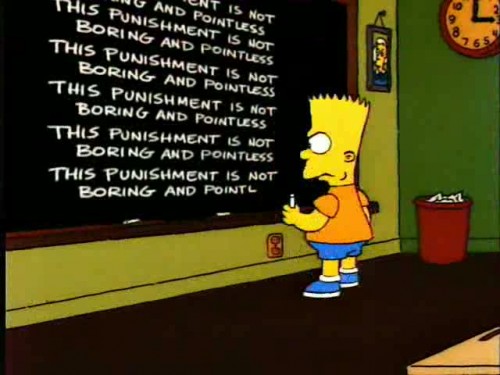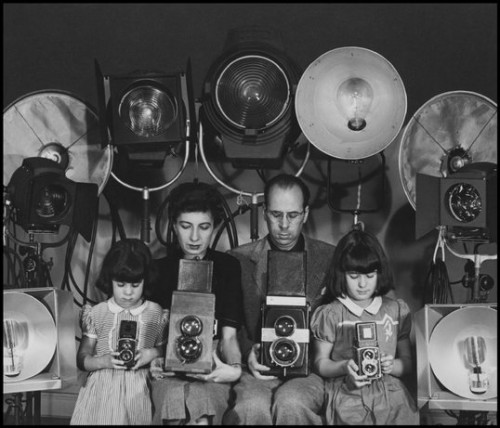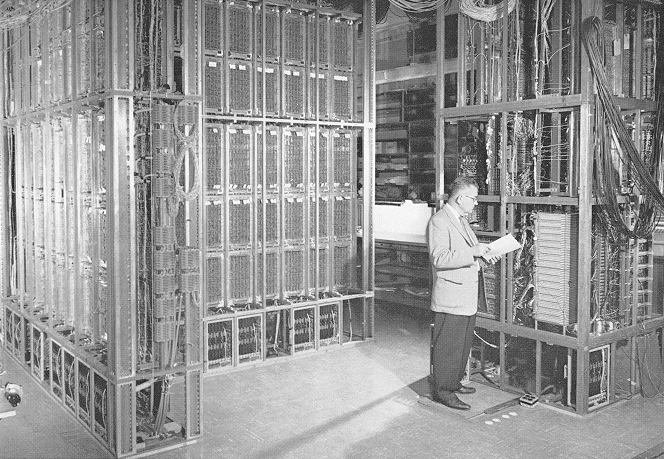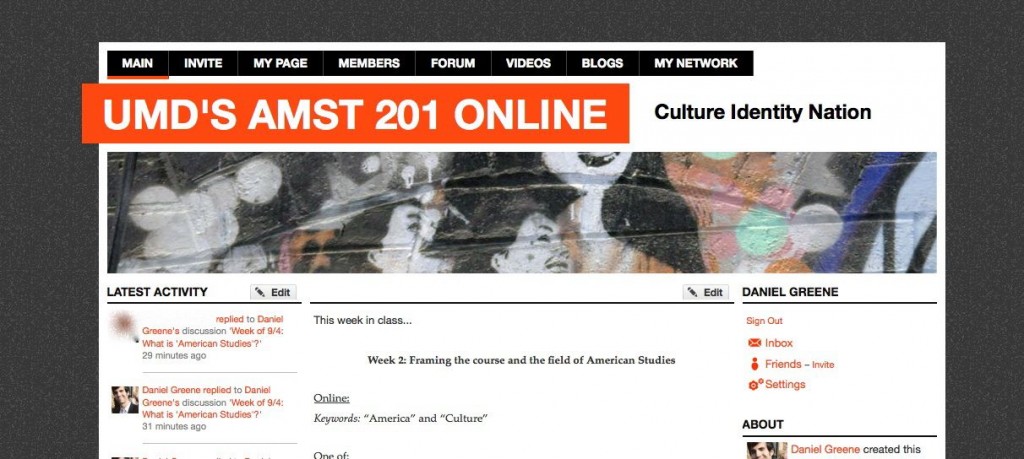It’s a notable coincidence that Steve Job died exactly two decades after Neil Stephenson completed Snowcrash, arguably, the last great Cyberpunk novel. Stephenson and Jobs’ work exemplified two alternative visions of humans’ relationship with technology in the Digital Age. Snowcrash offers a gritty, dystopian vision of a world where technology works against human progress as much as it works on behalf of it. Strong individuals must assert themselves against technological slavery, though ironically, they rely on technology and their technological prowess to do so.
Apple, on the other hand, tells us that the future is now, offering lifestyle devices that are slick (some might say, sterile). Despite being mass produced, these devices are supposed to bolster our individuality by communicating our superior aesthetic standards. Above all, Apple offers a world where technology is user-friendly and requires little technical competency. We need not liberate ourselves from technology; there’s an app for that.
Values and style are inextricably linked (as Marshal McLuhan famously preached). So, unsurprisingly, the differences between Apple’s view of the future and that of Cyberpunk authors such as Stephenson run far deeper. The Cyberpunk genre has a critical mood that is antithetical to Apple’s mission of pushing its products into the hands of as many consumers as possible. The clean, minimalist styling of Apple devices makes a superficial statement about the progressive nature of the company, while the intuitive interface makes us feel that Apple had us in mind when designing the product—that human experience is valued, that they care. Of course, this is all a gimmick. Apple invokes style to “enchant” its products with an aura of mystery and wonderment while simultaneously deflecting questions about how the thing actually works (as discussed in Nathan Jurgenson & Zeynep Tufekci’s recent “Digital Dialogue” presentation on the iPad). Apple isn’t selling a product, it’s selling an illusion. And to enjoy it (as I described in a recent essay), we must suspend disbelief and simply trust in the”Mac Geniuses”—just as we must allow ourselves to believe in an illusionist if we hope to enjoy a magic show. Thus, the values coded into Apple products are passivity and consumerism; it is at this level where it is most distinct from the Cyberpunk movement. more...











